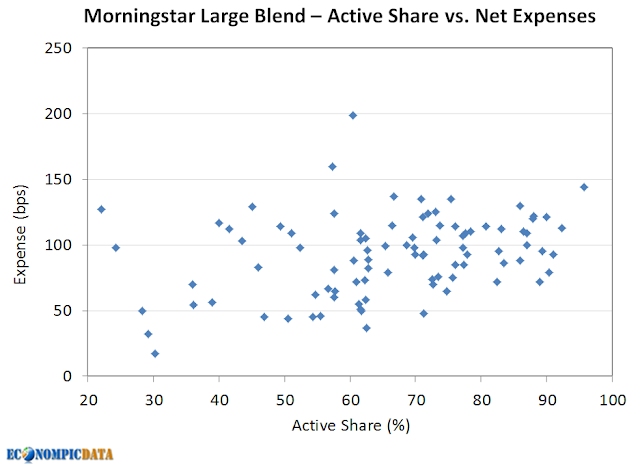For the full wonky version of the below, please go here.
Below are the objectives / investment strategies of two different “alternative” funds pulled from the prospectus and/or annual report for each, along with high level details of how they were actually positioned as of their most recent semi-annual reports on 12/31/15. In this post I'll leave historical performance out of it (one has been horrific, one has been solid - which makes sense when you realize they are opposing strategies), as this post is meant to highlight the importance of looking under the hood, only allocating to strategies that you understand, and ensuring that the manager follows what has been outlined in their prospectus. This is especially important when it comes to alternative funds with less defined limitations (though in the case of Fund A... they seem to simply ignore these limitations).
Below are the objectives / investment strategies of two different “alternative” funds pulled from the prospectus and/or annual report for each, along with high level details of how they were actually positioned as of their most recent semi-annual reports on 12/31/15. In this post I'll leave historical performance out of it (one has been horrific, one has been solid - which makes sense when you realize they are opposing strategies), as this post is meant to highlight the importance of looking under the hood, only allocating to strategies that you understand, and ensuring that the manager follows what has been outlined in their prospectus. This is especially important when it comes to alternative funds with less defined limitations (though in the case of Fund A... they seem to simply ignore these limitations).
DESCRIPTIONS OF WHAT THESE FUNDS SAY THEY DO
Fund A:
- The Fund seeks to achieve long-term capital appreciation, with added emphasis on the protection of capital during unfavorable market conditions (page 1).
- The total notional value of the Fund’s hedge positions is not expected to exceed the value of stocks owned by the Fund (page 3).
- "Always hedged, all the time, using put options" (source)
- "With no reliance on market timing or stock selection" (source)
WHAT THEY REALLY DO
The chart below is my attempt to simplify the payoff structure of each Fund inclusive of all the options they have bought or written (go here for a full breakdown of the fund positions). Fund A sold deep-in-the-money calls that effectively neutralized the stocks held, leaving only the puts (meaning it is short the market). Fund B is a bit more complex, but is long the market on the way up (though less than 100%) and exposed to the market (though less than 100%) on the way down (with a relatively neutral position when the market is down ~5-10%).
THE ISSUE
- Fund A states it can not have market exposure of less than 0%, yet was materially short the market
- Fund B implies it is has 0% market exposure, yet was materially long the market
So the two funds basically have:
- The exact opposite stated investment strategies as one another
- The exact opposite positioning as one another
- The exact opposite positioning as their own stated investment strategy
And we wonder why there is investor confusion / disappointment?
As an aside... I find Fund B's strategy interesting.












